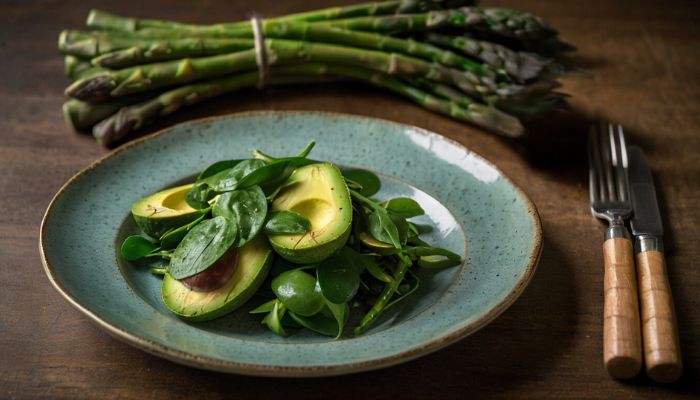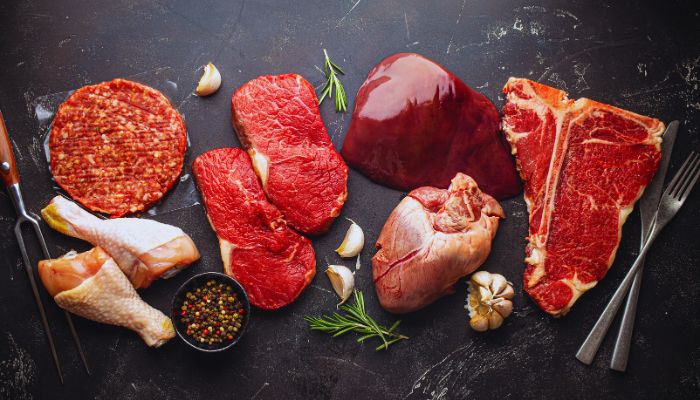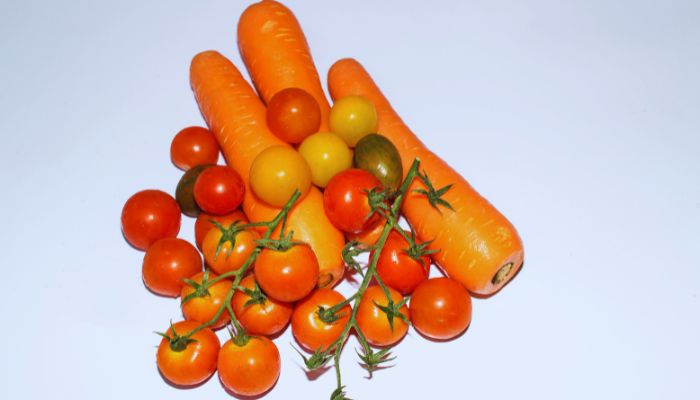
Protecting the Unvaccinated from Shedding and Clotting with NAC
It is now common knowledge that the blood of the unvaccinated is showing signs of microscopic blood clotting. Previously it was only the red blood cells of the injected that were clumping and causing blood clots, but three years since the rollout began almost everyone is affected.
There are now a multitude of videos on Bitchute, Rumble, and surprisingly now even YouTube regarding this peculiarity, from doctors and researchers all over the world.

If you do not understand “shedding” as it’s called, please take a look at this article for a thorough explanation. As this is a fairly new phenomenon, we do not completely understand the mechanisms of action of the spreading, or if other factors are at play. We have a suspicion that EMF is a catalyst for this clotting, which works hand-in-hand with the graphene that is inside all of us, being sprayed on us from the sky, in processed foods, bottled water, factory farmed meats, and even mixed in with some health supplements.
We know from Dr Bryan Ardis’ work, that the vaccines contain a combination of synthetic venoms. Some of these venoms are hemotoxins which affect the blood and the organs that process it. This can cause clotting that leads to strokes or heart attacks. Hemotoxins can also damage the walls of blood vessels, causing them to rupture. They also directly affect the heart’s ability to pump blood, which can lead to cardiac arrest and death – which we are seeing so commonly of late.
How to Protect Yourself
Research into this area is ongoing, but in the meantime, we do have some good news. Preliminary research into how to stop this clotting has shown that in the unvaccinated a regular dose of NAC is sufficient to maintain the health and normal red blood cell composure. In the follow case study, an unvaccinated patient whose blood was showing obvious signs of clotting was able to get his blood back to normal through a regular consumption of N-Acetylcysteine (NAC).

NAC is a precursor to glutathione, which helps with liver function, aids in cleaning the blood, but most importantly, has the ability to break down toxic venoms within the body. NAC and glutathione also protect the body from oxidative stress and inflammation caused by EMFs.
The following is a slide of the unvaccinated patients’ blood before taking any NAC:

And after taking 1200mg of NAC for 2 weeks:

After the 2 weeks at that dosage, 600mg per day was enough to maintain healthy separated red blood cells in the patient.
We know that NAC assists in breaking down the poison in the blood of the vaccinated, so it makes sense that it will help the unvaccinated who are affected by shedding as well. We recommend that everyone take at least 600mg of NAC daily to protect their blood from clotting.
FirstMedInc have 1000mg NAC capsules available for people who are unable to source NAC locally. We ship globally to any country in the world.
How to Boost your Glutathione Levels Naturally
Not only do we recommend taking NAC daily – preferably before going to bed for best absorption/effect, you can also enhance your diet to increase the glutathione levels in your body. The following foods are rich in the amino acids needed to synthesize it:

Sulfur-Rich Vegetables: Vegetables such as garlic, onions, and cruciferous vegetables (broccoli, kale, brussels sprouts, and cauliflower) are high in sulfur-containing compounds that are essential for glutathione production.

Whey Protein: High-quality whey protein, especially whey protein isolate, is rich in cysteine, an amino acid that is a key component of glutathione.

Allium Vegetables: In addition to garlic and onions, other alliums like leeks, shallots, and chives help boost glutathione levels.

Nuts and Seeds: These are good sources of selenium, another critical nutrient for glutathione synthesis. Brazil nuts are particularly high in selenium.

Avocado: Avocados are a good source of glutathione itself and also contain nutrients that promote glutathione production.

Spinach and Asparagus: These green vegetables are noted for their direct glutathione content.

Organ Meats: These are rich in cysteine and other amino acids that help in the synthesis of glutathione.

Tomatoes and Carrots: These contain compounds that can increase antioxidant levels in the body, supporting overall glutathione activity.
